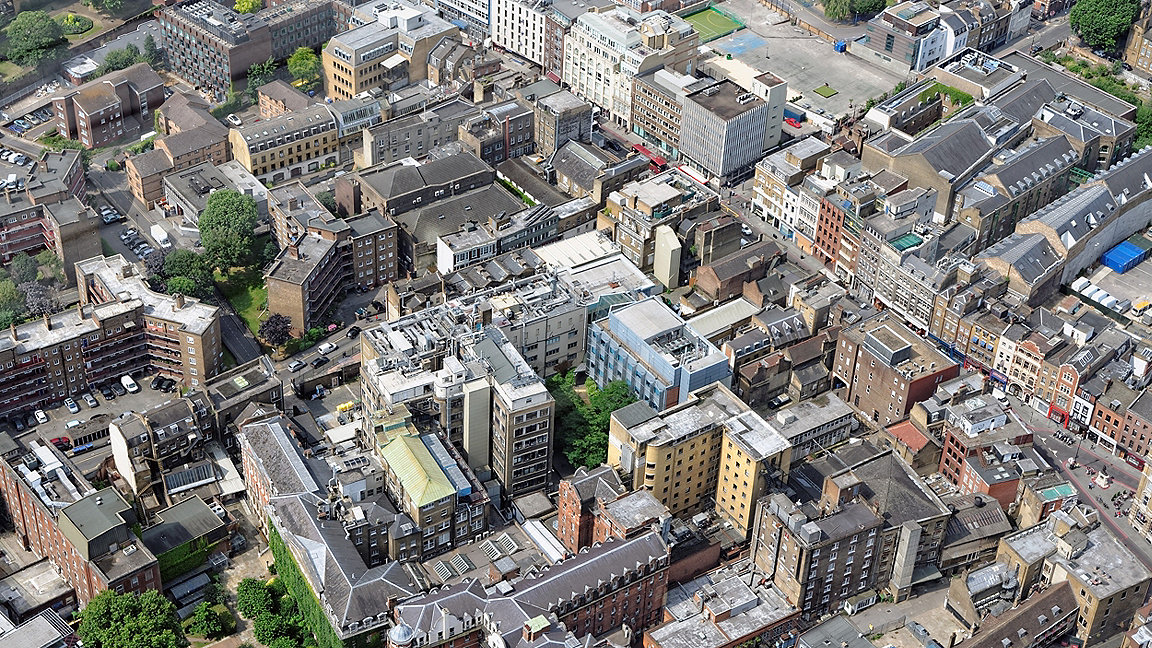
The Building Safety Bill was introduced to Parliament in July, and in an effort to clarify its content, the Ministry of Housing, Communities and Local Government has provided more details of how its key provisions would work. The bill – which establishes a regulatory framework in response to the Grenfell Tower fire – will set requirements for matters such as registration, certification and safety cases.
Most of the regulatory regime, which is detailed in Part 4 of the bill, will apply only to higher-risk buildings (HRBs) that are occupied. As defined in clause 62 of the bill, HRBs are at least 18m high, or seven storeys or more and contain at least two residential units. Meanwhile, clause 68 defines occupied buildings as those in which two or more residential units have occupants.
Registration of regulated buildings
All occupied HRBs will need to be registered with the building safety regulator (BSR). The process of registration is covered in clauses 72 and 73 of the bill.
The 'accountable person' (AP) is the new dutyholder, who will be responsible for the safety of HRB residents. Where there is more than one such dutyholder for a specific property, there will also be a principal AP (PAP).
The AP or PAP will provide the regulator with key details of the building, including the address, height and number of flats, as well as information about the AP themselves and any building safety manager, such as their names and contact details. This information will be provided to the BSR in order to enable effective regulation, and the regulator will also publish it in a national register of HRBs.
New buildings must be registered before occupation, while existing buildings that are already occupied will be registered during a six-month transition period.
'All occupied higher-risk buildings will need to be registered with the building safety regulator'
Risk assessment and certification
Under clauses 74–77, the AP will need to apply for a building assessment certificate. Once issued, this must be displayed in the building in a place where it can be seen by residents, such as the ground-floor lobby.
In order to obtain this certificate, the AP will need to send a number of documents to the BSR, including a copy of the safety case, details about the mandatory system for reporting incidents, and a copy of the resident engagement strategy.
The BSR will look at these documents and gauge whether the APs are complying with their statutory obligations, and it may also send an inspector to the building to verify the assessment. If the BSR is satisfied that, at the time of assessment, the APs are managing their building effectively and keeping residents safe, it will then issue a certificate.
New buildings will be able to apply for their certificate within six months of occupation. However, there are more than 12,500 existing HRBs in England that are already occupied, and it is expected that it will take the BSR around five years to assess them all for the first time. The regulator will take a risk-based approach to prioritising buildings for assessment.
While a certificate indicates compliance at the time of assessment, it will not give ongoing assurance as to the safety of the building. The regulator will therefore reassess each building at least once every five years.
Safety case reports
Clauses 83–86 require APs to assess building safety risks – including the spread of fire and structural failure, being the two main concerns of the bill. This assessment must be 'suitable and sufficient' to enable the APs to meet their duty to manage these risks, although the draft legislation does not elaborate what this entails. APs will need to take all reasonable steps to manage such risks, to prevent incidents and to minimise their impact should they occur.
The safety case report should not only summarise the risk assessment but also the arrangements to ensure these risks are effectively managed on an ongoing basis. Once a report has been produced, or when it is updated, the BSR will need to be notified. Indeed, it will be empowered to make a formal request that a report be submitted, usually through the certification process.
The safety case will consist of the full body of evidence, comprising a comprehensive and structured set of documents. It will often include evidence from test results, and detailed safety analysis reports. The overall safety case report will summarise the key details of the full body of evidence, with appropriate reference to supporting documentation.
The required form and content of the safety case report will be set out in regulations and guidance following the bill's enactment. However, the Health and Safety Executive has recently published safety case principles for HRBs.
RICS will continue to provide updates on the progress of the Building Safety Bill through Parliament, and on any supporting guidance published. Safety case reports, the mandatory incident reporting system, and the resident engagement strategy are areas where we anticipate training will be required – not only for APs, but for built environment professionals engaged to help building owners and APs meet their obligations.
Gary Strong FRICS is RICS global building standards director and chair of the UN-backed International Fire Safety Standards Coalition
Contact Gary: Email
Related competencies include: Fire safety, Health and safety
